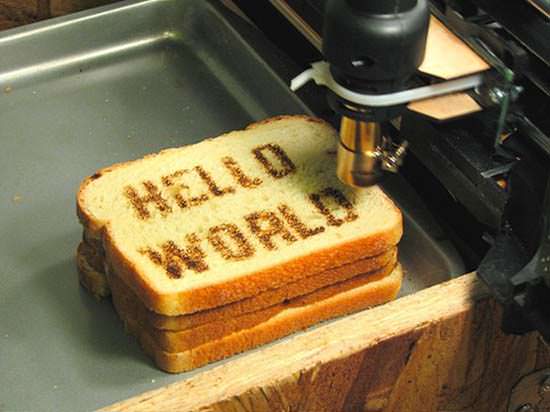Tired of Your Overused Design Concepts? Here Are Ways to Innovate
Humans are visual beings by nature. This is why advertising plays a critical part in promoting your business, particularly in extending its reach to your target audience. Designers and marketers go through a difficult process to develop a unique visual tool that can effectively build brand visibility and increase customer awareness. From digital signage, billboard, banners, commercial building signs, and outdoor aluminum signage which has grown in popularity, these things can make or break the success of your advertising campaigns.
Designers and marketers are well aware of how difficult and time-consuming it is to develop an original design. The criteria can change depending on the purpose and type of the design while evaluating design quality is subjective.

The problem is, the uniqueness of graphic design has gotten worse over the years. From the emergence of ready-made templates, frameworks and UI kits, and UX design, the unique expression has faded out to prioritize to what viewers expected. Although this isn’t bad at all, design became too homogenized because people are sticking with patterns that prove to work. As long as design carries out its purpose, people are fine with it.
When it comes to design, there’s no one-size-fits-all approach. Nothing stands out if everything has to look the same. We rely on existing templates instead of exploring the different possibilities of avant-garde design. To help fight the never-ending cycle of design sameness, here are ways to stop your designs from looking the same.
Look for old inspiration
Design inspirations are endless. Find a broader inspiration for your design than checking out what’s trending on Pinterest. Look at magazines, TV, billboards, gaming, fashion, architecture, book covers, vehicle design, industrial design. Immerse yourself with nature. Research about design history instead of sticking to what’s popular in recent years. Having a wider basis for your design inspiration brings more variety and timelessness.
You can borrow features from historical design. Vintage masterpieces offer a great source of inspiration, such as Victorian, Bauhaus, Art Nouveau, and Art Deco, among others. These old-school styles take pride in their distinctive characteristics and aesthetics. If it’s appropriate for a project, experiment with these styles to achieve an authentic period impression. You can also take inspiration from certain elements, such as colors, shapes, layout, and typography styles.
A great tip is to do a lot of research in art history and combine elements that pique your interest to come up with an original concept.
Inform your clients
When it comes to design, clients aren’t always right. Any design project often involves a client offering stupid suggestions. If you ask them what they want, they always refer to existing designs from one of their competitors or anything they saw on social media at random. Although most of their suggestions look good, is it really what their business needs?
As the designer, it’s your job to use your expertise in educating your clients that it’s better to innovate instead of duplicate. Provide them with more choices and explain how each design suggestion can effectively represent their business rather than what they want to happen. Opening your clients’ eyes to all design opportunities will help them realize what’s good and bad for their brand.
Use vectors and stock photos sparingly
There are plenty of excellent design resources available, both paid and free. Chances are, you have a whole library of graphics and images to grab when needed. While there’s nothing wrong with this, repeatedly sticking with the same resources is a surefire way to make your designs look too similar.
Yes, stock images will save plenty of time, but relying on ready-made resources is like limiting yourself from more creative ideas. If the scope and time frame of your project offer more flexibility, use the opportunity to create original graphics and images. Try adapting or customizing stock resources in times of stricter deadlines by giving them a new look or a unique twist.
Sketch out first
Another quick recipe for falling into the same content is the use of design programs and tools. How is it possible? Drafting the design into a digital platform encourages you to stick with your old workflow. Sketching allows you to incorporate fresh approaches and ideas instead of wasting plenty of time on rendering.
When you’re outside, always bring a pen and a sketch pad with you so you can easily take down spur-of-the-moment ideas for your next project. Your sketches will help you brainstorm when you run out of inspiration.
The world of design offers unlimited ways to unleash the uniqueness of your business. Remember, design is all about creation and curation. Although there’s no such thing as a completely unique design, taking the easy road won’t do anything good for your design career or advertising campaign. In the end, always strive for better and newer as long as opportunity allows.






